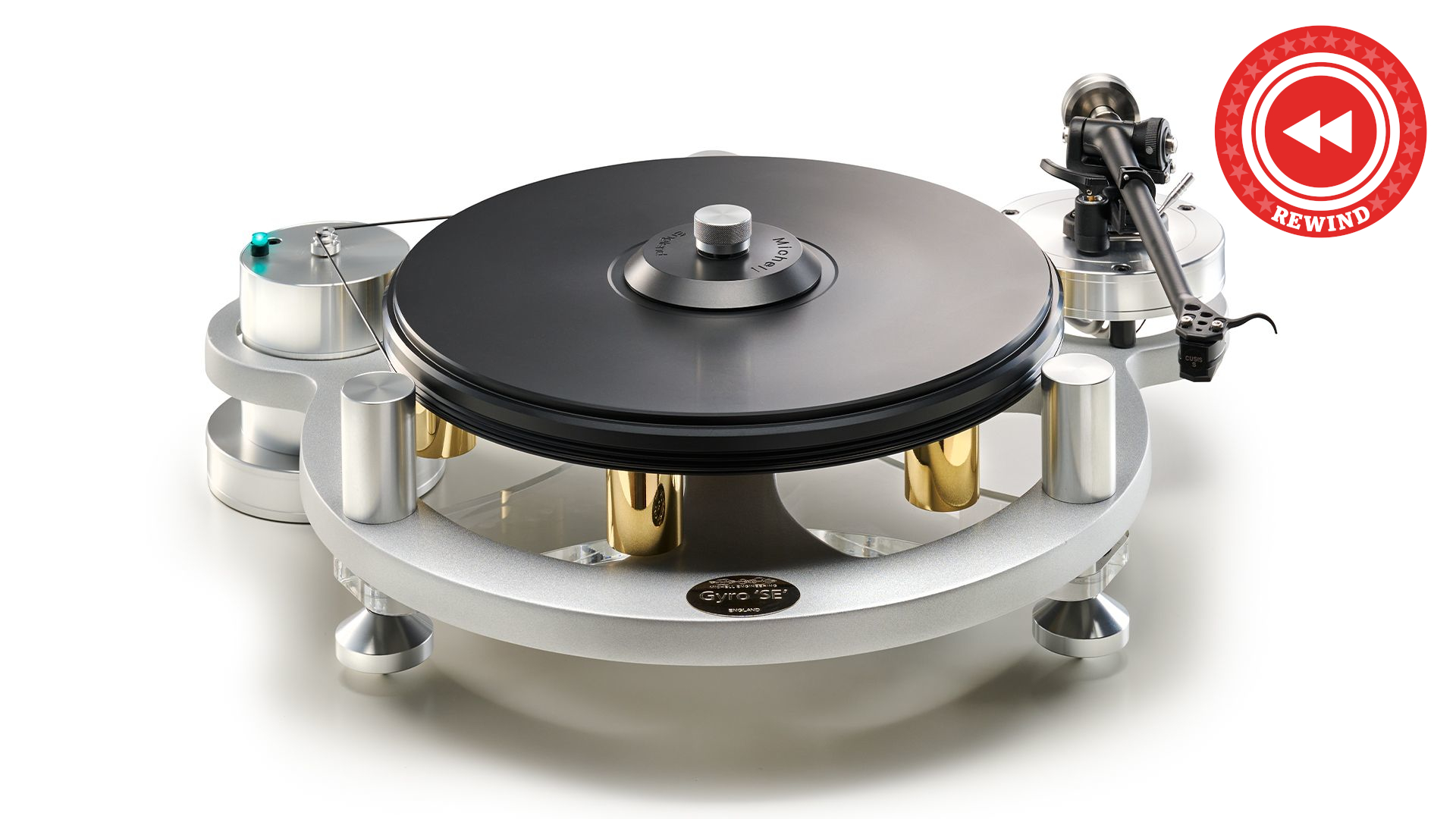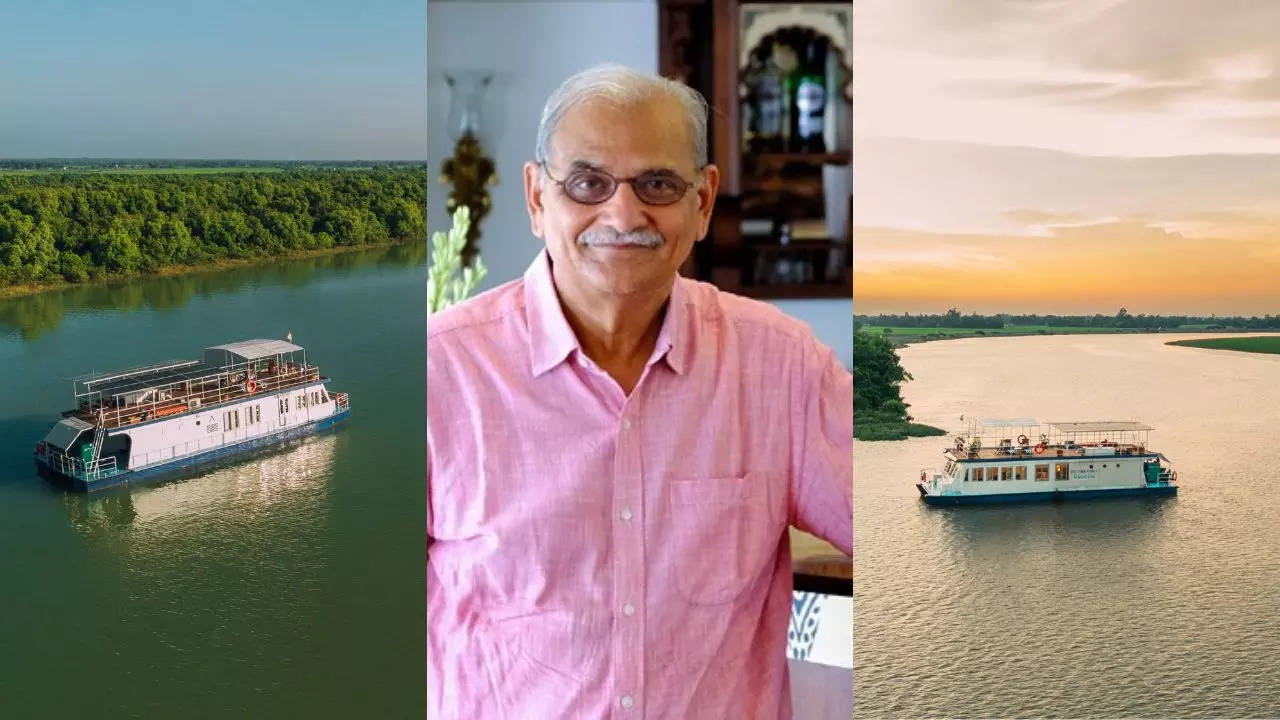The ancient Egyptian civilization has been a source of interest and mystery for us. It is often called the cradle of civilization and is marked by wonders such as pyramids, mummies and a distinctive belief in the afterlife. The ancient Egyptians believed that life continued after death in a spiritual realm, which is why they placed as much importance on funeral rituals as they did on daily life.
Mummification was a key part of these rituals, designed to preserve the body so the soul could journey to the afterlife. Tombs were carefully constructed and filled with goods, food, and treasures to ensure comfort and wealth in the next world. The structures, from elaborate tombs to towering pyramids, all held deep symbolic meaning, representing the Egyptians’ hope for eternal life and their devotion to the gods.
Egyptian burial rituals were a surprising combination of religion, culture and mystery. These rituals were not just about keeping the bodies safe, but also about ensuring a safe passage in the afterlife. In ancient Egypt, burial practices varied significantly between the rich and the common people, though some rituals remained consistent.
Pharaohs and the elite were entombed in grand pyramids or elaborate tombs, symbols of their power and divine connection to the gods. These monumental structures reflected their status and ensured their place in the afterlife. In contrast, common people were buried in simpler, less ornate tombs, often with fewer possessions.
Despite the di.


















